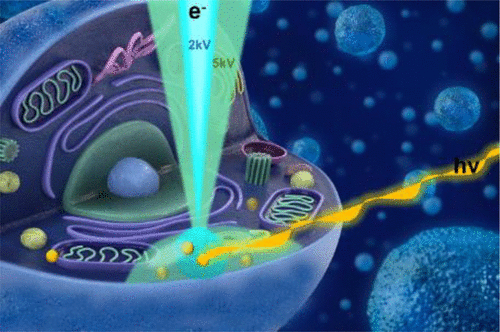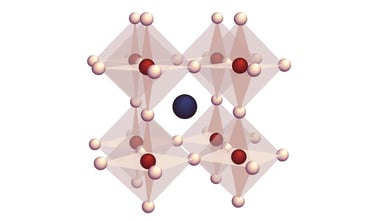The combination of light microscopy and electron microscopy, also known as correlative light and electron microscopy (CLEM), is one of the methods to correlate the complementary information that the two techniques bring. This method allows combining information about location and activity of specific organic molecules with structural information. However, one of the biggest challenges of CLEM is the resolution mismatch between FM and EM datasets. One way to overcome this challenge was the introduction of optical super-resolution (SR) techniques.
In this review the authors describe the advantages of using cathodoluminescence (CL) emission over traditional fluorescence methods. While CL is more commonly used to analyse minerals and inorganic materials, CCLEM bioimaging started gaining attention with the emergence of luminescent inorganic nanocrystals featuring bright and narrow emission. Since traditional fluorescence microscopy markers (such as fluorophores or semiconductor quantum dots) are not suitable for CCLEM, the authors review other labels which have demonstrated better stability, including rare-earth element (REE) doped nanoparticles and fluorescent nanodiamonds (FNDs).
The review is concluded with a discussion about the future of CCLEM bioimaging. This method has shown to have more potential than SR microscopy, since CL imaging allows collecting sub-wavelength optical information directly in the electron microscope. Still, wide-spread adoption of the technique will depend on the development of bright and stable molecular labels based on REE3+ doped nanocrystals, establishment of multi-color single molecule labelling, improvement of single nanoparticle emission properties and more.
To read the full review, please visit the journal's website.
.png)






